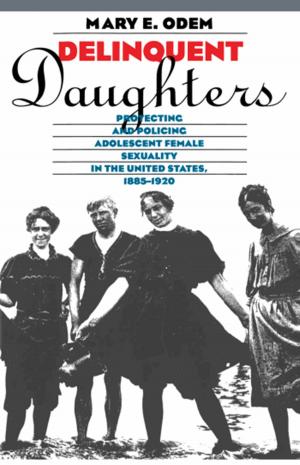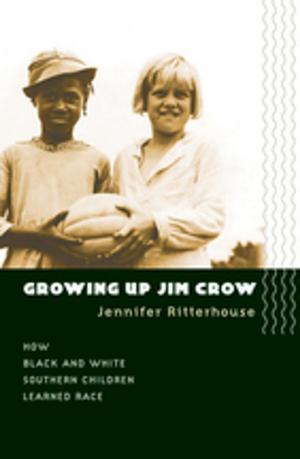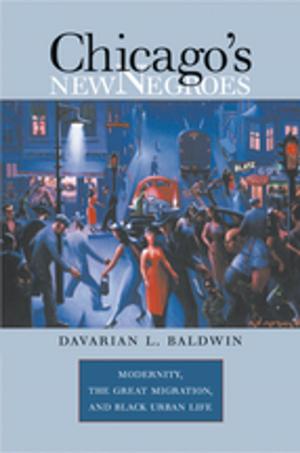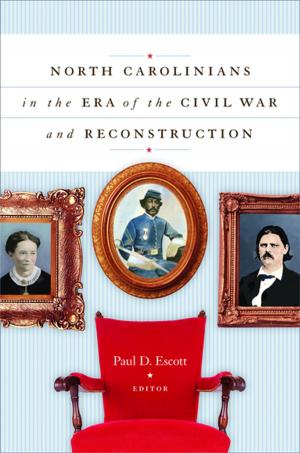| Author: | Jon D. Mikalson | ISBN: | 9781469616964 |
| Publisher: | The University of North Carolina Press | Publication: | October 6, 2017 |
| Imprint: | The University of North Carolina Press | Language: | English |
| Author: | Jon D. Mikalson |
| ISBN: | 9781469616964 |
| Publisher: | The University of North Carolina Press |
| Publication: | October 6, 2017 |
| Imprint: | The University of North Carolina Press |
| Language: | English |
Most modern studies of Athenian religion have focused on festivals, cult practices, and individual deities. Jon Mikalson turns instead to the religious beliefs citizens of Athens spoke of and acted upon in everyday life. He uses evidence only from reliable, mostly contemporary sources such as the orators Lysias and Demosthenes, the historian Xenophon, and state decrees, sacred laws, religious dedications, and epitaphs.
"This is in no sense a general history of Athenian religion," Mikalson writes, "even within the narrow historical boundaries set. It is rather an investigation of what might be termed the consensus of popular religious belief, a consensus consisting of those beliefs which an Athenian citizen thought he could express publicly and for which he expected fo find general acceptance among his peers."
What emerges in Mikalson's study is a remarkable homogeneity of religious beliefs at the popular level. The topics discussed at length in Athenian Popular Religion include the areas of divine intervention in human life, the gods and human justice, gods and oaths, divination, death and the afterlife, the nature of the gods, social aspects of popular religion, and piety and impiety.
Mikalson challenges the common opinion that popular religious belief in Athens deteriorated significantly from the mid-fifth to the mid-fourth century B.C. "The error in understanding the development of Athenian religion has arisen, it seems to me, because scholars have failed to distinguish properly between the differing natures of the sources for our knowledge of religious beliefs in the earlier and later periods," Mikalson writes. The difference between those sources "is more than simply one of years. It is a difference between poetry and prose, with all the factors which that difference implies."
Most modern studies of Athenian religion have focused on festivals, cult practices, and individual deities. Jon Mikalson turns instead to the religious beliefs citizens of Athens spoke of and acted upon in everyday life. He uses evidence only from reliable, mostly contemporary sources such as the orators Lysias and Demosthenes, the historian Xenophon, and state decrees, sacred laws, religious dedications, and epitaphs.
"This is in no sense a general history of Athenian religion," Mikalson writes, "even within the narrow historical boundaries set. It is rather an investigation of what might be termed the consensus of popular religious belief, a consensus consisting of those beliefs which an Athenian citizen thought he could express publicly and for which he expected fo find general acceptance among his peers."
What emerges in Mikalson's study is a remarkable homogeneity of religious beliefs at the popular level. The topics discussed at length in Athenian Popular Religion include the areas of divine intervention in human life, the gods and human justice, gods and oaths, divination, death and the afterlife, the nature of the gods, social aspects of popular religion, and piety and impiety.
Mikalson challenges the common opinion that popular religious belief in Athens deteriorated significantly from the mid-fifth to the mid-fourth century B.C. "The error in understanding the development of Athenian religion has arisen, it seems to me, because scholars have failed to distinguish properly between the differing natures of the sources for our knowledge of religious beliefs in the earlier and later periods," Mikalson writes. The difference between those sources "is more than simply one of years. It is a difference between poetry and prose, with all the factors which that difference implies."















